Drones, or unmanned aerial vehicles (UAVs) are becoming increasingly popular among consumer and professional drone pilots. This revolutionary technology has opened up many possibilities in industries such as photography and agriculture.
Whether you’re a drone hobbyist or a professional looking to implement this technology into your business, this post is meant for you.
Here are 15 important things you need to know before getting a drone:
- Know what you intend to use your drone for
- Be ready to register your drone if necessary
- Decide what kind of drone you want to buy
- Buy from reputable drone companies and retailers
- Know the drone rules and regulations in your country
- Learn about the different features that can come with a drone
- Learn about a drone’s limits
- Understand that drones can be quite challenging to learn to operate
- Be ready for some additional maintenance costs
- Understand basic drone etiquette
- Find an alternative way of tracking your drone
- Be safe when operating a drone
- Is it really worth it to own a drone?
- Should you buy or build your drone?
- Our recommendation for the best drones for a beginner?
Now let’s get straight into it!
Know What You Intend To Use Your Drone For
This may be one of the most important steps when trying to choose a drone. Not all drones are the same. Some drones are built to excel in specific tasks that another drone wouldn’t be capable of doing as effectively or efficiently.
Some drones are built more for hobbyists whereas others are built with more advanced technology for specific commercial applications.
Ask yourself the following questions:
Do you plan on using your drone for recreational or commercial purposes?
If you plan on getting a drone for fun (hobbyist), then you may not need all the fancy features that make a drone expensive such as 3-axis gimbals, expensive cameras and obstacle avoidance sensors to name a few.
It’s up to you to decide what features you’ll want in your drone (more on this below). As a hobbyist, you’ll also have the ability to choose drones in the ‘toy’ category which have less features, cost less and most don’t even need to be registered.
If you plan on getting a drone for your business (professional), then a high-quality, expensive drone with advanced technology adapted to the industry you’re entering is going to be your best bet.
However, if you’re a beginner drone pilot without much experience who’s trying to start-up your drone business, then it may be a good idea to first invest in a cheap drone to get the hang of flying a drone.
This could potentially help you save money in the long run as you’ll have a little more experience and therefore there will be a lot less chance you crash your drone.
Take note that operating a large commercial drone will be very different than a toy drone and there will still be a learning curve.
Which of the following drone capabilities would you like to prioritise?
By drone capabilities we are referring to things such as flight time, drone speed, range and camera capabilities among others. Take note that in most cases, you’ll find that you desire all of the possible capabilities and don’t want to sacrifice any.
This is where you’ll need to find a drone that is good all around but is still focused on your primary goal you want to achieve.
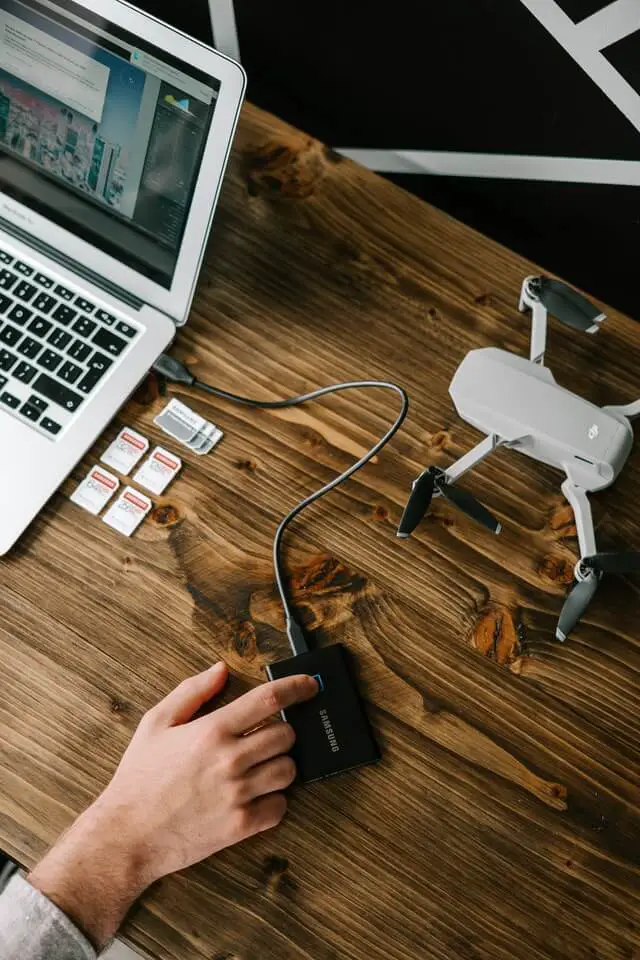
For example, if we want a drone to use for photography, we would find a drone that does a good job at accomplishing most of these capabilities below, but that was built with photography in mind in order to accomplish the task in the best way possible.
Drone flight times
Drones that are primarily made for long flight times are typically called ‘endurance drones’. If you want to prioritise flight time, then you should be prepared to purchase extra batteries in order to switch them out during a session.
Drone speed
If you want to prioritise speed over anything else, then you’ll be looking for light drones that are often relatively small.
Drone range
If you want to prioritise range then you need to find a drone that can fly far away from it’s controller (transmitter) without losing connection. Just be careful not to break the “line of sight” law! (more on this below)
Drone camera quality and stability
If the primary use of your drone is going to be for photography and videography, then prioritising camera quality and the overall stability of your drone will be essential.
Look for a drone that is well balanced and that’s capable of carrying both a high-quality camera and 2-axis or 3-axis gimbal for the best camera stability.
If you’d like to find out what a drone gimbal is, what kinds of drone gimbals are available, whether drones need gimbals, how a drone gimbal works, how to choose the right gimbal, how much they cost and much more, check out our post on this topic below:
Related Post: What Is A Drone Gimbal? Does Your Drone Need One? [Types, How They Work, Prices And How To Choose One]
Be Ready To Register Your Drone If Necessary
Registering your drone will depend on the country you live in. There are also regional laws you need to take into account which include the country’s specific laws.
One of these laws that varies is the weight limit for registration requirement. This means that if your drone weighs over the maximum allowed limit, then you’ll have to register it with the association in charge in your country.
In this section we’ll only highlight 3 different countries, these being the United States, France and the United Kingdom.
If you’d like to look up your country’s laws then here is a very useful link to a post on UAV Coach that dives into drone laws for most countries today: Master List of Drone Laws (Organized by State / Country) l UAV Coach
United States: All drones that weigh over 250g (0.55lbs) must be registered with the FAA
France: All drones that weigh over 800g (1.76 lbs) must be registered on AlphaTango
United Kingdom: Any drone that weighs between 250g and 20kg must be registered with the CAA
Decide What Kind Of Drone You Want To Buy
There are many different kinds of drone available for purchase today. These drones come in all different shapes and sizes.
Finding the right drone for you will depend on your situation and your intentions that you should keep in mind while making your decision.
Now let’s go through every kind of drone on the market and explain what you should look for in a drone.
Different types of drones
There are many different ways to classify drones. These can be by design, size, range, payload and even cost.
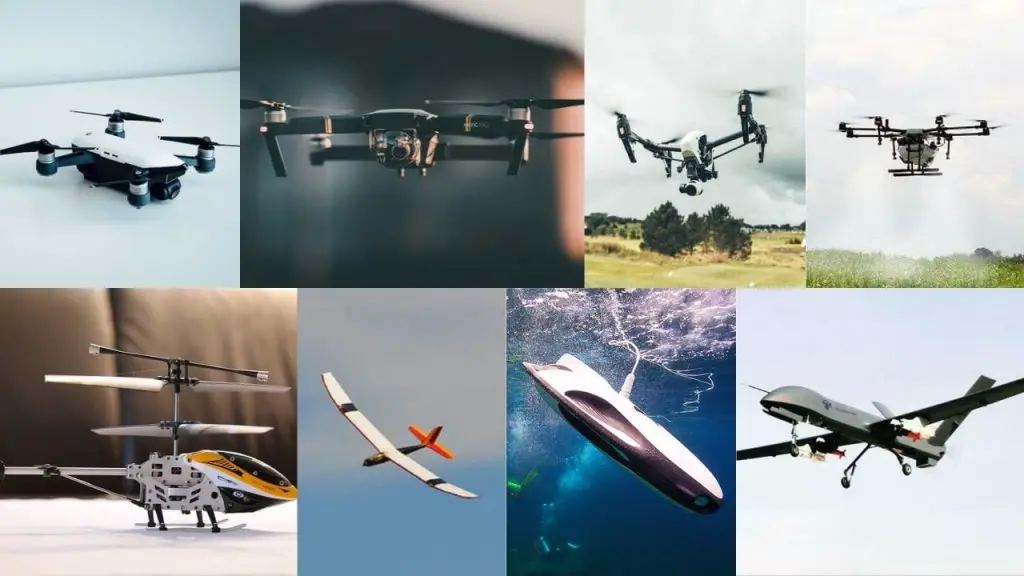
Deciding on a drone will often make you sacrifice one capability for more of another. Finding a drone that can balance several of them is ideal in most cases.
Drone designs
Rotary blade: Multi-rotor (tricopter, quadcopter, hexacopter, octocopter) and single rotor helicopters
Fixed-wing: Drones that resemble planes or gliders
Hybrid vertical takeoff and landing (VTOL): Fixed-wing drones that have the ability to takeoff vertically due to their additional set of vertical propellers
Underwater remotely operated vehicles: Drones capable of diving deep into the ocean
Size category
Very small drones (Nano): These drones weigh between 11-200g
Small drones (Mini): These drones weigh between 200-1000 grams (0.2-1 kg) on average
Medium-size drones: These drones can weigh between 1-600kg (2.20-1323 pounds)
Large drones: These are primarily military drones and weigh over 160kg
Range
Very close range: These range from a few hundred feet to up to 6.2 miles (10 km)
The rest of these drones are considered military and not available on the market.
Close range: These drones can travel around 30 miles (48 km) away from the controller
Short range: These drones can travel up to 90 miles (145 km)
Mid-range: These drones are capable of travelling up to 400 miles (644 km)
Long-range (endurance): These drones can travel much farther than 400 miles (644 km) without losing signal (some reaching hundreds of thousands of square miles)
Payload
Featherweight: These drones have payload capacities ranging from 4 grams to 100 grams (0.004 to 0.1 kg)
Lightweight: These drones have payload capacities of between 150-270 grams (0.15-0.27 kg) on average
Middleweight: These drones have payload capacities of between 400-1460 grams (0.4-1.46 kg) on average
Heavyweight (only military): These drones can have payload capacities of 550 kg and up
Use cases
Toy drones: Toy drones are just that, toys. These drones were made for beginner drone pilots and kids that are trying to dip their toes into the world of drones. They are primarily used and meant for indoor use.
Check out our post on everything you need to know about indoor drones:
Related Post: Indoor Drone Flying: Everything You Need To Know
Racing drones: These drones have incredible technology in them allowing for incredible top speeds. They are built to be lightweight and aerodynamic.
Trick drones: Trick drones are often simply toy drones but they have cool technology in them allowing for barrel rolls and flips. These drones are small and maneuverable.
GPS drones: These types of drones are linked to satellites in order to determine their exact location. This can enable the awesome ‘Return to home’ function some drones have.
We have a full post on the different types of drones where we dive into more detail on all of the above types we’ve mentioned, we talk about the alternative fuel methods and we include some cool examples of popular drones available on the market today including military drones. Feel free to check out our full post:
Related Post: What Types Of Drones Are There? Every Type Of Drone Explained In Detail
Cost
Cheap drones: These drones cost less than $200
Expensive drones: These drones cost $300 and up
If you’d like to find out much more on the differences between cheap and expensive drones, how hard each are to fly, how long they can fly, some examples and what a good price for a drone is, check out our full post below:
Related Post: Cheap VS Expensive Drones – Everything A Beginner Drone Pilot Should Know
Buy From Reputable Drone Companies And Retailers
The last thing you want to happen is to spend a few hundred dollars on an expensive drone just to get scammed. This actually happens quite often, especially when you decide to save money and risk it.
This is why it’s best to just pay a little more to ensure you’re getting the actual product and in good condition.
Below we’re going to mention some popular drone manufacturers and drone retailers.
Here are 5 reputable drone companies:
- DJI
- Yuneec
- Parrot
- Hubsan
- Walkera
Here are a few reputable drone retailers:
- Amazon
- Hobby King
- Banggood
- DroneFly
- Potensic
Know The Drone Rules And Regulations In Your Country
Drone laws are the one thing you don’t want to overlook. These are very important to follow. If you fail to follow these rules, it could lead to some serious repercussions.
If you’d like to learn more on what could happen if you don’t register your drone when you should have in the United States, and learn about which drones need to be registered and why, then feel free to check out our post on this topic below:
Related Post: This Is What Happens If You Fail To Register Your Drone In The US
Drone are fairly new, therefore the rules and regulations being created for them are constantly being created and changing.
It’s important to note that each country has their own drone rules, and therefore if you want to find out your countries specific rules, check out UAV Coach’s full post which breaks down the current rules for most countries.
Below we’re going to mention some of the most common rules that you should follow even if they’re not specifically listed in your country’s rules and regulations on drones.
Line of sight
You should always keep your drone in your visual line of sight. This will allow you to always know where it is if something goes wrong
Never fly near restricted areas
The main issue in most countries is the amount of no-fly zones. These can make it almost useless to fly your drone when there are too many. Flying near private property, airports and national parks is most likely banned in your country.
Stay at least 8km (5 miles) away from an airport.
Also, don’t fly near stadiums or sports events in general unless you have permission.
To backtrack on the airport rule, make sure that if you see a manned aircraft (plane, helicopter…) close to you and your drone, land your drone immediately. This will avoid any issues that could arrise.
Finally, don’t fly near emergency response efforts such as fires as it could interfere with their work.
Max height limit
In most countries, you’re going to have a limit on how how you can fly your drone. With the laws we’ve read in most countries, it’s 400 feet (122m).
Don’t fly directly over people
Here is another common rule. Flying over people will increase the likelihood that you accidentally injure them if you lose control of your drone. Staying clear of people is your best bet when flying a drone.
Don’t fly under the influence
This should be a given. Driving under the influence can impact your decision making and impair your ability to properly and effectively fly your drone. You simply should never do it no matter if you’re flying in your own house or any property you own.
Learn About The Different Features That Can Come With A Drone
Most drones don’t have the same amount of features. However, you may find that a lot of drones have the same generic features and parts that are important for the drone to achieve what it was built for.
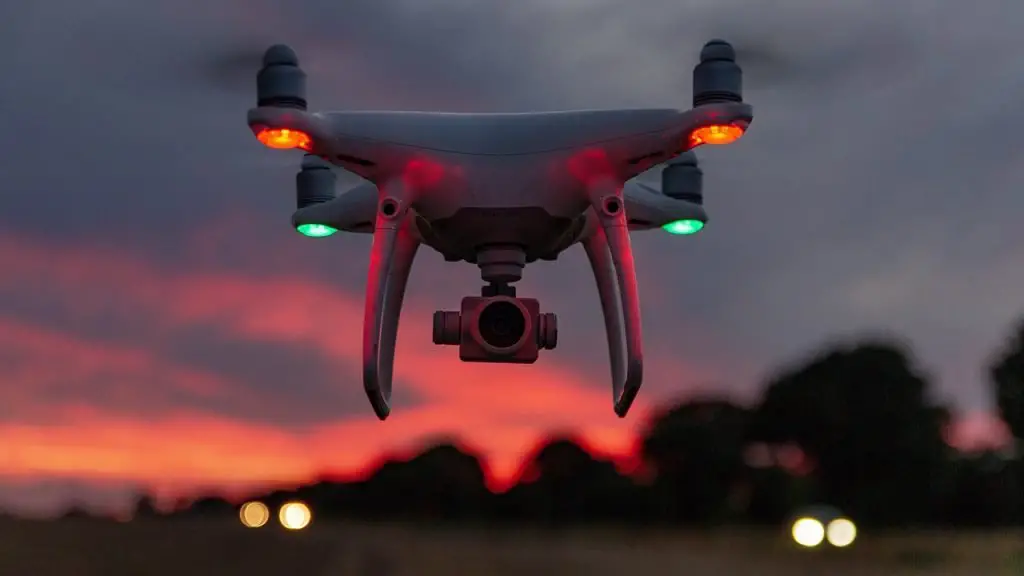
We’ve already covered features such as flight time, range, payload, size and design so we won’t be mentioning those below.
So, what features are important in a drone?
Frame
The frame is one of the most important features in a drone. It shelters almost every important part of the drone that allows it to function.
This will be more tailored towards those that want to build there own drone but is still quite important when choosing a ready-to-fly drone.
Finding a frame that’s built out of a strong, durable and lightweight material is essential to maximise your drone’s performance.
Popular materials used for drone frames are alloys such as magnesium alloy or aluminium alloy.
Another popular material is carbon fiber which is very strong and lightweight, and is used in many drones for this reason for parts such as the frame itself or the drone’s propellers.
Portability
Portability can be very important if you plan on moving around a lot with your drone. The main factors determining whether a drone is portable or not is the size and weight of the drone.
Choosing a drone that is small in size and easy to carry around can be very important to many and should not be overlooked.
Additionally, choosing a drone that is not too heavy to carry around will also greatly enhance your experience depending on what you’re trying to accomplish with your drone.
If you’re looking to buy a drone that’s easy to bring around with you, then you should probably aim for a mini or even nano drone. However, just know that the smaller the drone, in most cases, the less features are available.
First person view (FPV) capability
Drones that have first person view capabilities allow the user to see exactly what a drone is seeing through a monitor such as a controller or smartphone, or through FPV googles.
These can give you an out of body experience of what the drone is seeing in the air and can severely improve your aerial photography skills if used correctly.
More and more drones today, even the cheap ones, are coming with this feature included which allows most people to experience what a drone see’s in FPV.
Indoor vs outdoor use
Learning whether a drone is meant to be used indoors, or if it can be used indoors can be very important, especially if you plan on flying it indoors at some point.
The two primary factors that will give away whether a drone can and is meant to be used indoors is the size of the drone, it’s propellers, and whether or not it has a drone cage.
Small drones such as nano or mini drones in most cases are capable of being flown indoors. These drones are built compact and lightweight.
Outdoor conditions such as light winds could actually prevent the drone from being flown outdoors at all which is a clear indicator that the drone was meant for indoor use.
The size of the propellers are also very important when looking at a drone. Indoor drones typically have 1-2″ propellers but can go up to 4″. If they have propeller guards then this could mean that it can be used indoors but should not be the only factor you look at.
Finally, if the drone has a drone cage around it then this is most likely a clear indication that the drone is meant for indoor use.
Almost all drones that come with drone cages are meant for indoor use. The cage prevents any part such as the frame or propellers from coming into contact with most objects in an enclosed space.
Once again, if you’re interested in learning more on what an indoor drone is, including how to tell if you have an indoor drone, why you would want to fly a drone indoors, the different types of indoor drones, if it’s legal to fly drones indoors and much more, we strongly urge you to check out our post below:
Related Post: Indoor Drone Flying: Everything You Need To Know
Flight speed
If speed is your primary focus when looking for a drone, then you’ll want to look for a drone that is relatively small and aerodynamic.
This drone shouldn’t have many parts and should have a powerful brushless motor and a first person view capability (FPV) if you’re into racing.
Of course, you may still want to look for a drone that is capable of attaining high speeds without wanting to sacrifice stability and ease of use.
There are many consumer drones that are primarily focusing on the aerial photography aspect of drones that can still reach speeds of 40mph (64km/h).
This is something to keep in mind but remember, the faster you go in most high end drones, the more chance you have of crashing your drone and the less features that prevent you from crashing will have effect.
For example, some DJI drones that have obstacle avoidance sensors are not capable of using this feature once you surpass a certain speed or change into a flying mode that enhances speed.
If you’d like to learn more on how fast consumer drones can fly, check out our full post where we dive into drone speeds, what impacts the speed of a drone, the legal speed limits and the fastest drone in the world.
Related Post: How Fast Can A Drone Fly? An In-Depth Guide To Drone Anatomy
Sensors
Drones that are more on the expensive side offer awesome features such as obstacle avoidance, heading and altitude hold mode, and headless mode to facilitate your experience when operating your drone.
Obstacle avoidance sensors ensure that you don’t accidently run into an obstacle while flying your drone.
Heading and altitude hold mode allows you to set your drone to maintain a certain heading and altitude without you controlling it.
Headless mode ensures that you never get the head and tail of your drone mixed up. When turning you drone around and flying the opposite way, you can still turn left without all of the controls being flipped around no matter where you’re facing.
Return to home
The return to home feature is best used with the higher quality drones with GPS. This enables your drone to autonomously fly back to you at the click of a button. This is a very good feature to have with obstacle avoidance sensors in order to safely bring your drone back to you.
However, this should not be a feature you should rely on as it’s still being improved with more performant technology as time goes on.
Gimbal
Gimbals are present on most drones today that aren’t considered to be toys. These stabilise the camera in a way that eliminates the worry of moving too fast and affecting the footage being recorded.
No matter the direction the drone moves, the footage will always stay pointed at it’s target which ensures professional grade footage is being taken.
There are several types of gimbals and varying costs that you should learn about if you’re planning on getting a drone that has a gimbal or if you plan on adding a gimbal to your drone.
Take note that buying a gimbal that can support multiple cameras is not always easy to find, especially one of good quality.
Camera
For those more focused on using their drones for aerial photography or videography for example, the choice of camera you buy for or with your drone will be a primary decision factor.
Different drones come with different cameras in most cases. Take note that leaders in drone manufacturing such as DJI are producing their own cameras and even gimbals that go with these cameras.
The quality of the camera (measured in megapixels) is very important in addition to the video quality (resolution).
It’s important to choose a camera that’s compatible with your gimbal and vice versa.
If you plan on taking off your camera from the holder often, then you may find it beneficial to look for a camera that is capable of easily doing so.
GPS and autonomous flight modes
Having a drone that has GPS is a great feature to have. GPS provides a drone with the ability to have autonomous flight modes as it will be capable of tracking it’s own position.
Take note that you’ll often have to spend a fair amount of money to buy a drone with GPS as autonomous flight modes are an advanced feature.
Is it ready-to-fly (RTF) or almost ready-to-fly (ATF)?
If you have no prior knowledge on drones and how to set them up when you buy one, then this is important for you.
It’s very important to understand that there will almost always be a few simple set-up steps when you by a drone.
It’s quite simple to understand what RTF and ATF drones are. These are the two ways drones are sold when you buy them.
RTF drones come with all the parts included and require you to do next to no hard work. All that needs to be done is to change the drone’s battery, put on a few propellers and calibrate some things like the controller.
ATF drones are often the drones you buy in a kit for example. These don’t always come complete and require you to have some fun gathering the parts you want for the drone.
Whichever kind of drone you buy will depend on the amount of work and customisation you want to do.
If you’d like to learn more on the different parts, materials and why most drones use carbon fiber, check out our post below:
Related Post: What Are Drones Made Of? Detailed Guide To Drone Anatomy [Consumer+Commercial]
Learn About A Drone’s Limits
We’ve already mentioned several of these factors above, but here we’re going to explain the reasons some of these can be limitations for particular drones.
Not all drones come with the longest flight times. This is because the drone usually has a small battery, or it has a lot of equipment, or it has a light payload.
Drones with smaller batteries will obviously have shorter flight times. The amount of equipment and additional features a drone is equipped with will also reduce the flight time of a drone.
Some drones that have a combination of small batteries, no equipment and still have short flight times are considered to have small payloads.
Choosing a drone with a good combination of these features is essential in order to maximise the performance of the drone.
The range of a drone is determined by the distance radio signals are able to travel between the transmitter (controller) and the receiver (found in every drone to receive the input from the controller).
Most medium quality, medium priced drones nowadays come with a range that should be sufficient for most operators in most cases.
This is because of the visual line of sight rule we mentioned above. At long ranges, it can be easy to lose line of sight with your drone, and doing so will be a violation of this rule.
The material a drone is made of is also important. Choosing a drone that has a plastic frame for example means that there are more parts of the drone could easily break when you crash it.
This can also mean that the drone will be less durable. Finding a drone that has a good material for the frame, propellers and other parts is very important when purchasing a drone.
Take note that you need to find materials that are both lightweight in order to not impact the drone’s flight time and are still strong and durable to reduce the chance it damages severely over time from chances.
Understand That Drones Can Be Quite Challenging To Learn To Operate
You may be asking yourself, is it difficult to fly a drone?
For some, flying a drone will be second nature. To others, this may not be the case.
There is a learning curve to almost anything, drones are not the exception.
If you’re a drone hobbyist who bought a toy drone to play around with, then learning how to properly operate a drone will most likely come easy to you.
If you’re a drone pilot who’s trying to become a professional and has bought an expensive commercial drone, then going in slow and not taking chances definitely applies to you.
Take note that some drones may be harder to fly than others. Taking it slow is essential for anyone trying to learn to fly any type of drone.
The drone’s size, weight and maneuverability can affect it’s ease of use. Advanced features such as automation and obstacle avoidance can help you learn and get used to your drone if you have these features on your drone.
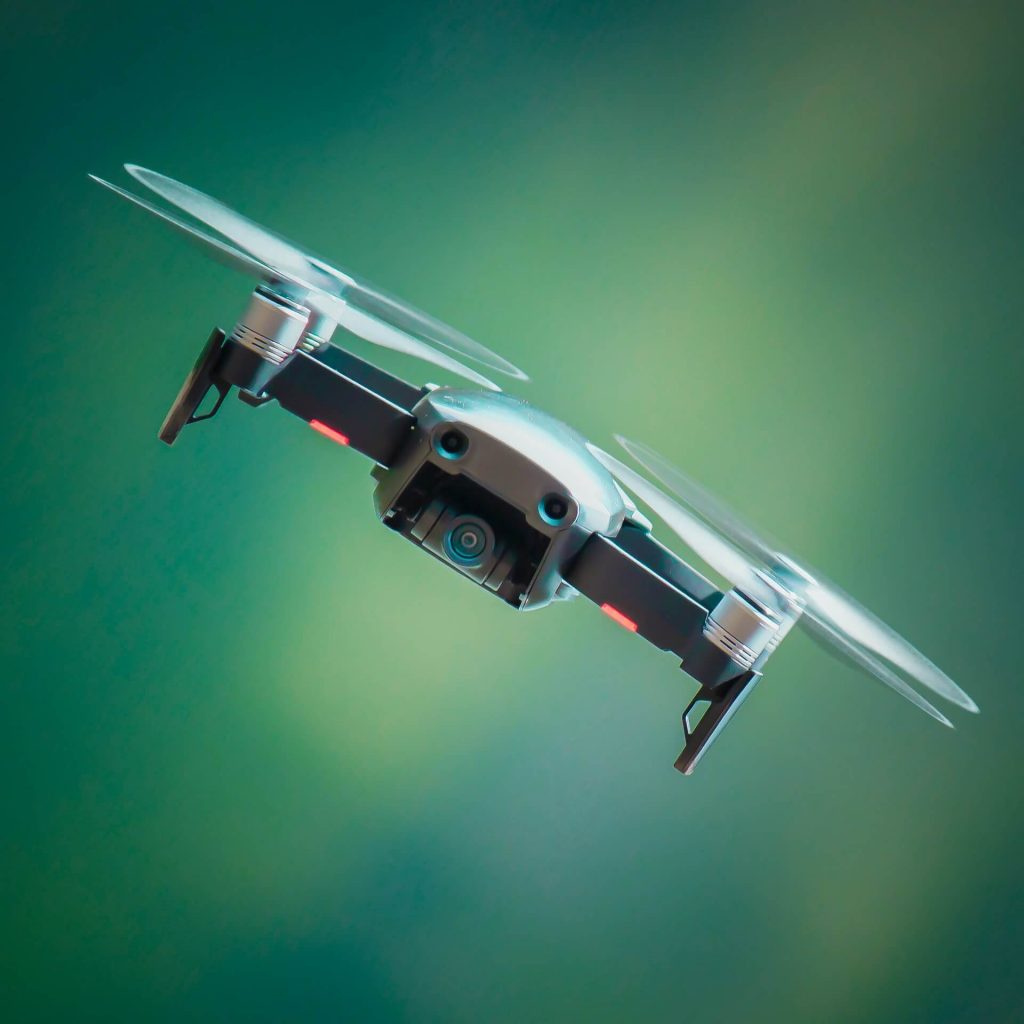
With commercial drone pilots, they may be obligated to carry out specific tasks depending on their industries. This also includes professional drone pilots who race in competitions.
You will need to understand your drone in order to prevent any incidences.
If you plan on obtaining your commercial drone pilot’s licence, then we strongly urge you to check out ABJ Academy which offers you courses on how to pass your Part 107, how to pass your PfCO, how to pass your India pilot test, how to take your aerial photography and videography skills to professional standards, training on surveying and 3D modeling, cell tower inspections and more.
Check it out here: ABJ Drone Academy Membership – Monthly & Yearly
Take Into Account The Weather Conditions In Your Area
Difficult weather conditions can make it even harder to fly your drone especially as a beginner. If you live in areas where it’s constantly raining or snowing then buying a drone may be a challenging decision.
Rain and snow can negatively affect a drone. How badly it will affect the drone will depend on the quality of the drone such as the materials used and the way the it’s components are organised.
Drones are electronics, therefore they don’t mix too well with water as they were mainly built for use in the air.
The exception however are underwater remotely operated vehicles (ROVs) that were built for underwater use, and some drones that were to built to be capable of being somewhat waterproof.
If you’re buying a regular drone from DJI for example, your drone won’t exactly be very waterproof and therefore you’ll need to think about either buying a drone that can be used indoors, or you’ll need to limit the amount of time you’re capable of using your drone as you’ll have to wait for better weather conditions.
Furthermore, if there is too much wind outdoors, then this could also affect any drone, no matter how large it is and how good your piloting skills are.
This is another big issue you may face, especially when living in areas that are prone to extreme winds.
Finally, areas that are prone to fog can be a deterrent as well. Fog will cause you to lose visibility of your drone very quickly which makes it very difficult to enjoy your flying session.
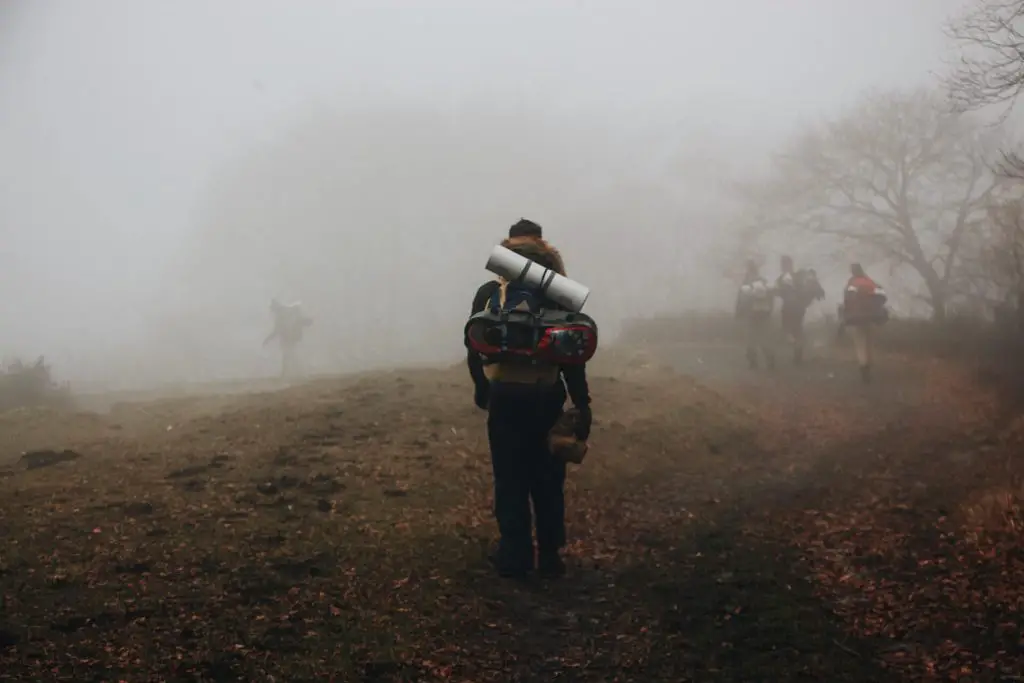
The main alternative we recommend is to buy a drone that’s capable of being used both indoors and outdoors so that you can always fly your drone when you want to.
This problem may affect some more than others, but we hope it does not make you give up completely on the idea of buying a drone.
Be Ready For Some Additional Maintenance Costs
Getting the right accessories for your drone is crucial in order to make sure that you’re using your drone the safest and most efficient way possible.
Here is a short table that shows a few of the accessories that you will need to buy if you use your drone often.
| Propellers | Extra batteries | Drone carrying case | Micro SD card | Propeller guards | Anti-collission lights | |
| Price range | $15-$40 | $50-$150 | $30-$200 | $10-$60 | $10-$40 | $25-$60 |
| Replacement | Often | Not often | Not often | Often | Often | Not often |
Understand Basic Drone Etiquette
Basic drone etiquette is mostly common sense.
This includes things such as being very cautious when flying your drone in residential areas. Drones have gotten a bad reputation when it comes to privacy.
If a neighbour of yours sees you flying your drone at a height that allows you to possibly see and record inside their house, then this can become a big issue.
If you’re flying near people, then they might think you could be following them and recording what they’re doing.
These are valid concerns as although most people aren’t using their drones for illegal purposes, this is sadly still an issue that can occur.
One way to combat this issue without needing to stop using your drone entirely is to fly in public parks that permit drone use. Another cool thing you could do is to sign up with a drone club that has their own private space where they fly drones together.
If you put yourself in the mindset of these types of people and understand where they’re coming from, I’m sure you could understand what they feel and what you may have done to anger them.
At the same time, you could also run into someone who doesn’t like drones at all. In this case, you’ll know that you didn’t do anything wrong and it can be very challenging to explain to them your intentions.
Finally, we’ll mention the topic about flying under the influence which we discussed above. We can’t stress how important it is not to do this. The negatives far out way the positives which makes it useless to do so.
This should be an obvious thing you shouldn’t do and it’s actually a rule set by many countries that definitely should not be ignored.
Be Safe When Operating A Drone
After all the tips we’ve listed above, we thought it would be important to mention one of the most important things you need remember when first operating a drone and even when trying to find one.
You need to be safe with everything you do. This goes for picking a drone and buying one from a manufacturer, to finally getting your hands on your very own drone and taking it out for a fun first session.
This ties into the basic drone etiquette which we talked about above. Safety should always come first with this delicate technology.
Not using your drone properly can bring serious harm to you, other people, and your drone. It can also get you into serious legal issues depending on how serious the offense is.
Most of the safety rules and regulations for drones in most countries are common sense and should not be easy to break.
If you love your drone and read through your country’s basic drone rules then you shouldn’t have a problem with breaking them.
Find An Alternative Way Of Tracking Your Drone
If you accidentally fly your drone out of your line of sight, or it malfunctions and you lose control of it with your controller, then you may discover that the features commonly available for you to find your drone can be beneficial in these circumstances.
Finding a tracker of any kind that you can link up to your phone can be very good in these instances and can prevent you from ever losing your drone.
Trackers can either use GPS or radio frequency (RF) in order to find your drone. GPS trackers connect with satellites in service with the global positioning system. RF trackers broadcast radio waves which are received by detection devices.
The main downside to trackers is their weight and their sometimes limited range.
We recommend trackers such as the Scout Universal GPS tracker and the Marco Polo drone tracking field system (RF tracker).
The Scout Universal has a worldwide range but weighs 24g which can severely weigh down your drone.
The Marco Polo drone tracking field system has a range of up to 2 miles and weighs 12g. The weight is much better but the range can become an issue.
Is It Really Worth It To Own A Drone?
We’ll only cover this topic briefly as we have a full in-depth post on this topic which we’ll link below.
Drones can open up so many possibilities such as revolutionising aerial photography and helping in commercial aspects such as crop growth, inspection of roofs and industrial machinery and even in the mining industry.
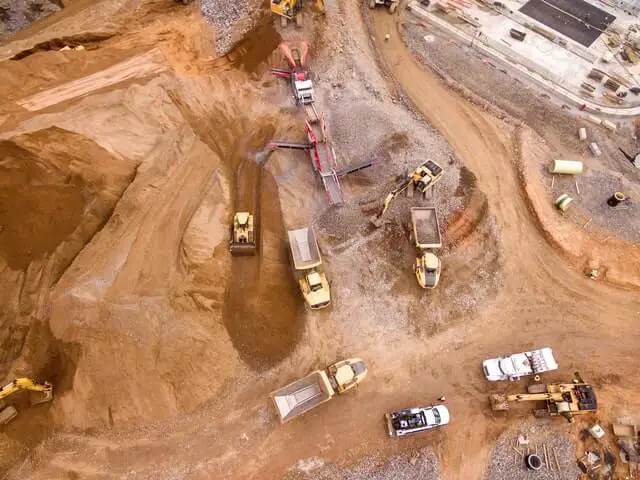
We believe that drones are definitely worth it for all individuals as long as they have some disposable income.
Unmanned aerial vehicles are capable of taking your business to the next level if you decide to go down this route.
These devices are fun to use, efficient, easy to transport in most cases, and can effectively contribute to evolving your business to a new level if your business does things that drones can do too.
We recommend you go check out our post on whether or not it’s worth buying a drone where we discuss these laws, why owning a drone may be worth it and why it may not be, drone accessories, some countries that have banned drones altogether and much more!
Related Post: Is Owning A Drone Really Worth It? Important Things To Consider For Hobbyists And Professionals
Should You Buy Or Build Your Drone?
There are many different advantages and disadvantages to both. Below we’ll only go into a few of the differences to briefly cover the topic.
If you’re the type who likes to build things and customise the features of their builds, then building a drone may be the better option for you.
If you’re the type who prefers something that comes pre-built and nearly ready to go, then buying a ready-to-fly drone will be in your best interest.
It should be noted that building your drone will take a good bit more time than buying one that’s ready-to-fly.
Take note that no drone comes ready to fly right out of the box. You may need to look through the instruction manuel or read a how to guide on preparing your drone before you go out and use it.
It’s up to you to decide which you’d like to do. Each of these methods provides fun experiences for everything that participates.
If you build a drone, you’ll learn everything about your favorite hobby.
It may seem like a challenging task to learn all of the components, find out if they’re all compatible, and then put it together, but it’s not actually as complicated as you think.
If you buy a ready to fly drone, you’ll be able to practice your hobby almost straight away without having to find parts. If buying from reputable drone manufacturers, you’ll be sure to receive the highest quality product.
Either option you decide to choose, we’re almost positive that you won’t regret your decision!
Our Recommendation For The Best Drones For A Beginner?
Here is our recommendation for three amazing beginner drones:
| Name | Price | Flight Time | Speed | Range | Weight |
| DJI Mini 2 | $449 | ~30 minutes | 35.8mph | 10km | 242g |
| Revell Icon | ~$100 | ~20 minutes | Not stated | 35m | 180g |
| Ryze Tello | $99 | ~13 minutes | ~18mph | 100m | 80g |
Conclusion
We hope you enjoyed this post on the important things you need to know about before you buy a drone and hope you are now ready to make your purchase. Drones are an evolving technology that is constantly changing, but the features found on most drones today will probably stay around for a few years to come.
Buying a drone doesn’t have to be such a difficult and confusing process. We hope you fully understand what it takes to own and operate a drone and are ready to either go have fun, or start your business!
